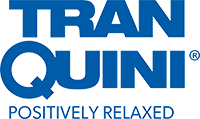With a diverse palate and an insatiable hunger for global delicacies, the United States offers a vast market for food imports. However, tapping into this lucrative business isn't just about supplying delightful tastes—it's also about understanding the intricate details of US food import regulations. We asked GourmetPro’s team of US-based experts to share an overview of US food import regulations and best practices you can follow to ensure the smoothest root-to-market for your products.
The Irresistible Opportunity of the US Food Market
The US food and beverage market is the largest in the world, valued at trillions of dollars at the time of writing. Americans have diverse culinary needs that reflect the inherent diversity of the country itself. Opportunities abound for all kinds of different products, from staples to innovative CPG products. If you have a quality product, then there’s a significant market waiting to be tapped in the US.
But wait sec. No matter how irresistible your offering is, if you don’t get the import process right, consumers in the US won’t even have a chance to taste your product. That’s why it’s imperative that you start by understanding the regulations and processes to follow for the US market.
Here’s an overview to get you started.
General US Food Import Regulations
Import regulations for food and beverage in the US are determined by a cocktail of different organizations and bodies. In particular, you’ll need to familiarize yourself with the requirements set by the Federal Drug Administration (FDA), U.S. Customs and Border Protection (CBP), and the United States Department of Agriculture (USDA). There’s a lot to digest from these organizations and certain products such as dairy, meat, honey, and others have their own unique requirements.
Whether it's a mouthwatering batch of Italian olives or a refreshing brew of Japanese tea, here are some general rules to keep in mind that apply to all food products.
1. Research Your Product:
Before starting the import process, ensure you understand the specific requirements associated with the food product you're importing. Different products may have unique standards or certifications. Start by reviewing Chapter 5 of the FDA Manual of Compliance Policy Guide.
2. Submit a Prior Notice to the FDA:
Before your goods arrive in the U.S., it's imperative to electronically file a Prior Notice with the FDA or CBP. This will allow the FDA and CBP to prioritize the inspection of incoming goods based on their scheduled arrival times. The notification should be submitted at least 2 hours before the arrival of the goods, though doing it a few days (maximum 30) in advance is recommended.
Include in the notice:
- The country of production.
- Expected arrival details including date, time, and location.
- Information about the shipper, carrier, and mode of transportation.
- The FDA Product Code for your food item.
- If importing via ocean freight, remember to file an Importer Security Filing (ISF) with the US Customs and Border Protection (CBP).
Failure to submit Prior Notice or submitting incorrect information will result in your goods being refused entry. In most cases goods will either be temporarily held at the port until you submit the required information to the CBP or FDA. In the worst case, your goods may be permanently seized, or destroyed, and you may be slapped with monetary penalties or bans for future imports. Take this step seriously.

3. Register Foreign Facilities with the FDA:
Any overseas facility involved in the production or distribution of the food item must be registered with the FDA. This includes suppliers, manufacturers, and distributors. This requirement is based on the FDA’s Foreign Supplier Verification Program.
In essence, the FSVP program requires importers to keep records showing that their overseas suppliers are abiding by FDA requirements.
Our experts advise that you include the facility registration information and all supporting documents at the time of import; it will expedite the customs process.
4. Label Your Food Correctly:
If the food product is ready for consumption and is packaged, it must have an FDA-compliant label.
Ensure the label contains:
- The country of origin.
- English translations of any foreign text.
- The name and address of the U.S.-based distributor or importer. If the company listed isn't the manufacturer, you must add “manufactured for...” or “distributed by…” must be included.
- Keep in mind that certain foods may have additional labeling requirements, so always double-check the specifics for your product in the FDA’s Food Labelling Guidelines.
These are just a few of the requirements common to all food products being imported into the US. It’s important that you check the specifics for all of the above and more before labeling your food and beverage products for the US. Failing to do so could have your products refused entry or pulled from the shelves in the future.
Check out our handy guide to US food labeling requirements to save time and understand the essentials in minutes.
5. Know your Incoterms
Our experts were uncompromising on the importance of this point.
For anyone diving into the world of imports, mastering Incoterms is crucial. These International Commercial Terms, shortened to Incoterms, are a set of 11 unique three-letter abbreviations clarifying the roles and responsibilities of buyers and sellers in global transactions. For instance, with the DDP Incoterm, the seller bears almost all duties and paperwork, while the EXW shifts most responsibilities onto the buyer. It's essential to be clear on these terms to avoid unexpected costs and hurdles during the import process.
6. Gather Essential Documentation:
Ensure you have all the necessary paperwork to facilitate a smooth import process. This includes:
- Bill of Lading: A document from the shipper that acts as a contract, a tracker, and a receipt for the shipment.
- Commercial Invoice: This provides details like the country of origin, shipment date, value of goods, and the Harmonized System (HS) code, and more.
- Packing List: A detailed list showcasing the quantity and dimensions of all products in the shipment. It also must include invoice numbers for the products being shipped which must match the commercial invoice.
- Customs Bond: A customs bond, mandated by the CBP for commercial imports into the U.S., ensures payment of all duties and fees. There are two types, a single-entry bond that covers the one-time import of goods and an annual bond that last for 12 months and covers multiple shipments.
- Entry Summary: A CBP form (CBP Form 7501) consolidates most of the data from the above documents. It’s essential for the CBP to cross-reference data from all your import documents. This document is a big one and it can be submitted on your behalf by an import partner.
7. Work with an Expert (Optional but Recommended):
Given the intricate nature of US food import regulations, many businesses opt to work with a local expert such as a customs broker. These experts are adept at ensuring all requirements are met and can streamline the entire customs process on your behalf.
GourmetPro’s experts have decades of experience supporting the world’s biggest brands with end-to-end import of their products to the US. What’s more, customs procedures are just the beginning, we also help you to build sort distribution, understand the local market, build your product’s brand, secure retail partnerships, and much more.
Book a free introductory consultation with GourmetPro and let’s discuss your plans.
8. Regularly Update Yourself:
The U.S. has stringent food safety standards that may evolve. Stay updated with the FDA guidelines and any amendments to the import policies to ensure compliance.
Specific Regulations Based on Type of Food
As the saying goes, the devil is in the details. Different foods come with their own set of specifics. Here’s an overview of some of the categories that our experts have faced challenges in themselves.
- Fruits and Vegetables: If you're looking to bring in juicy mangos or crunchy carrots, remember the Animal and Plant Health Inspection Service (APHIS). They'll need you to obtain an additional permit. And don’t forget to check the Fruits and Vegetables Import Requirements (FAVIR) database—it’s like your recipe book for what's allowed.
- Dairy Products: For those creamy delights, there are a couple of extra steps. Some items, such as milk or heavy cream, require a special milk import permit from the FDA. Plus, based on the country of origin, the US Department of Agriculture (USDA) might have its own set of requirements.
- Meat, Poultry, and Eggs: Let's talk protein. If you're importing meat, poultry, or eggs, the USDA’s Food Safety and Inspection Service (FSIS) has a set of guidelines. It's essential to ensure that these products meet domestic standards. Their importer checklist is a great tool to have by your side.
- Seafood: For seafood enthusiasts, the FDA Imported Seafood Safety Program is your compass. Additionally, the US Fish and Wildlife Service (FWS) requires a completed Form 3-177. Once your seafood reaches the shores, it'll be greeted by the CBP and FWS agents, ready for inspection.
Exporting Food from the U.S.
Taking American flavors abroad? The requirements will vary based on your target destination. The FDA can provide a food export certificate, validating the quality of what you're shipping out. And for those intricate details, the FDA’s Food Export Library is like an encyclopedia you'll want to consult.
Ultimately, when exporting foods to another country, having a local expert to support you is invaluable. In addition to having a strong US team, GourmetPro has experts in over 20 major markets around the world waiting to support you. From feasibility studies and export to brand development and distribution, our pre-experts can handle the entire market entry process for you.
Book a free introductory consultation with GourmetPro and let’s discuss your plans.
Make the Most of Opportunities in the US Market: Let GourmetPro’s Experts Handle the Hard Work So You Can Focus on the Essentials
Navigating the intricacies of importing food and beverage products to the US might seem straightforward on the surface. While there's no specific license required for most items, a deep understanding of US regulations, from the import notification to inspection, is crucial. But let's face it – importing requires a keen eye, thoroughness, and a comprehensive grasp of a country's specific rules and nuances. Experience and local expertise become invaluable in managing the complexities of the US market. The officials who oversee imports are thorough, ensuring that everything meets the nation's high standards. That's where our team at GourmetPro comes in. We've mastered the art of hassle-free food imports into the US, allowing you to concentrate on what you do best: growing your business.
Book a free introductory consultation with GourmetPro and let’s discuss your plans.
Additional Resources
Ready to embark on your food import journey? Here are some handy links and resources to guide you:
Bon appétit and happy importing!
FAQs for US Food Import Regulations
1. Do I need a license to import food to USA?
No, there's no specific license required for most food items when importing to the US. However, you will need to adhere to the necessary guidelines and regulations set by agencies like the FDA and USDA to ensure the food's safety and compliance.
2. What are the US's major food imports?
The US imports a diverse range of food products. Major imports include fruits, vegetables, seafood, dairy products, meat, poultry, and various specialty foods from all over the world. The specific items and volumes can vary yearly based on demand and international trade agreements.
3. How do I import products to USA?
To import products to the USA, ensure you follow the set regulations, including filing a Prior Notice with the FDA, registering foreign facilities, ensuring proper labeling, and gathering essential documents. Each food category may have additional regulations, so it's crucial to be thorough.
Considering the intricacies of importing food to the US? Let GourmetPro guide you. Our global network of vetted F&B experts have helped countless businesses succeed in the US market. From understanding regulations to full market entry, GourmetPro has you covered. Reach out today:


%206.png)
.svg)






.svg)



.svg)
.svg)
.svg)
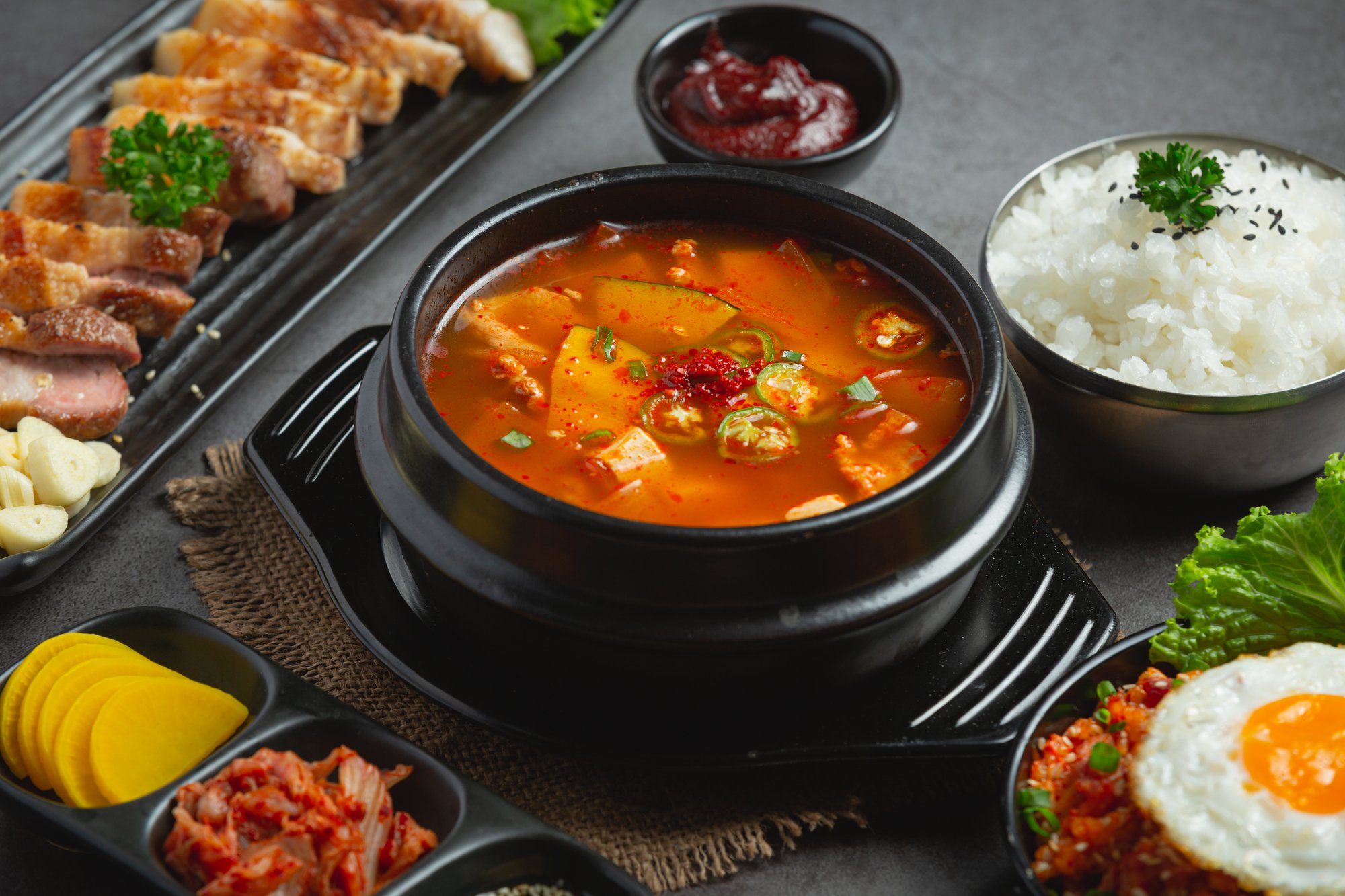
.svg)








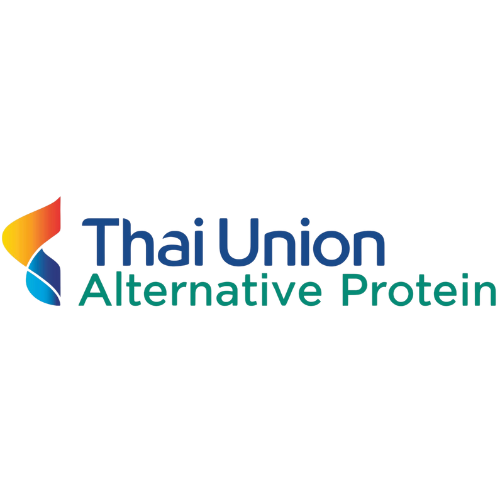
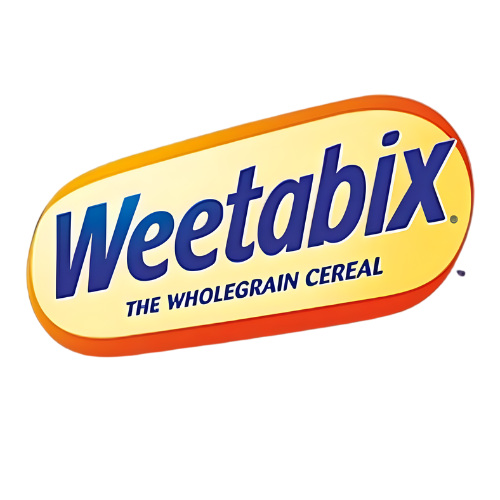









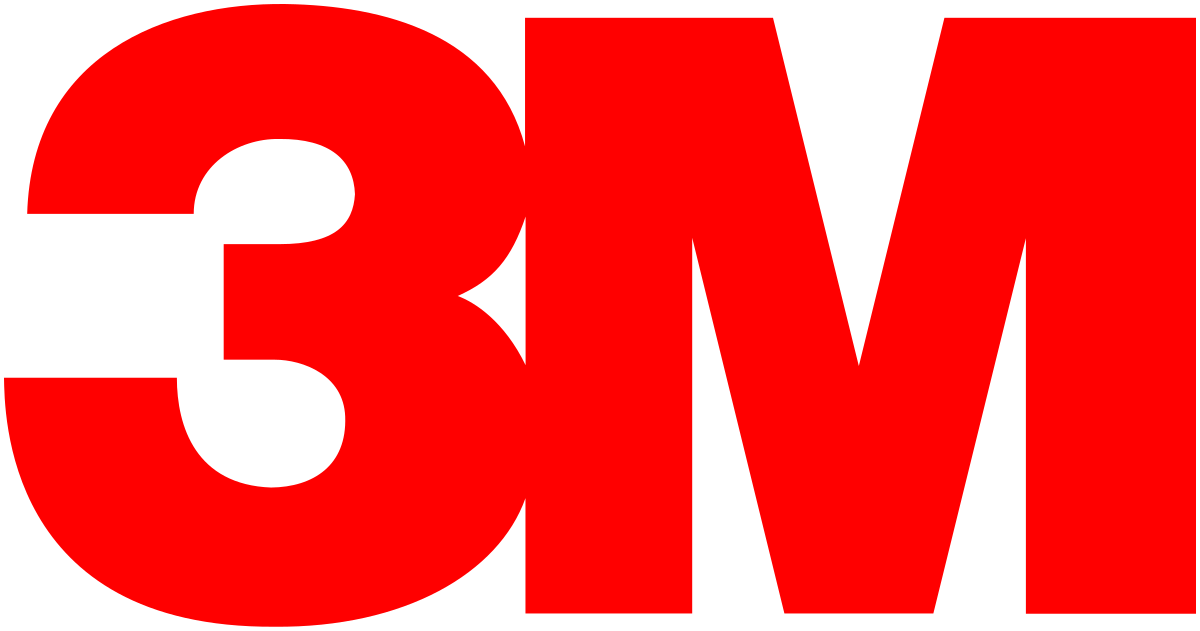










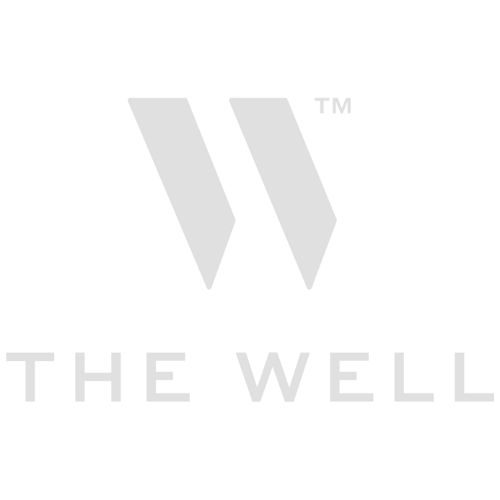

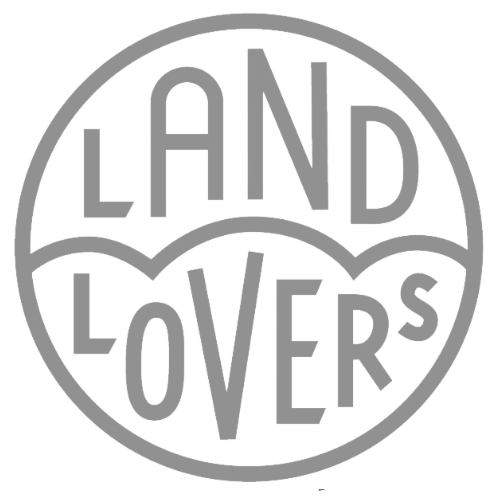







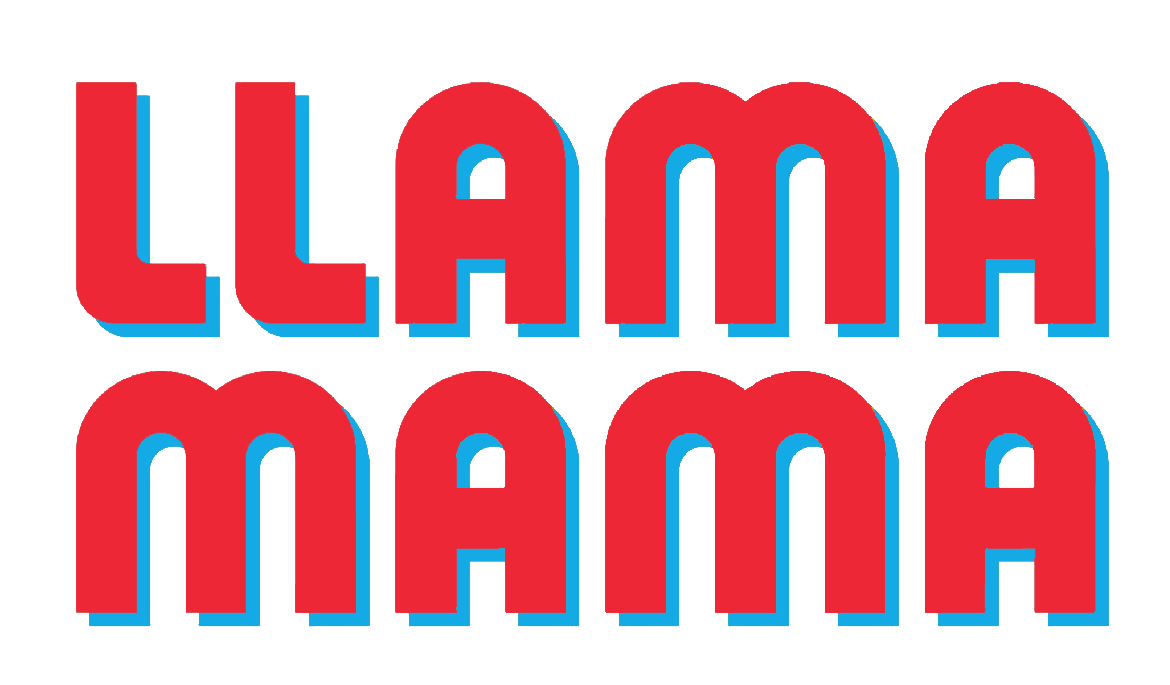








.png)






